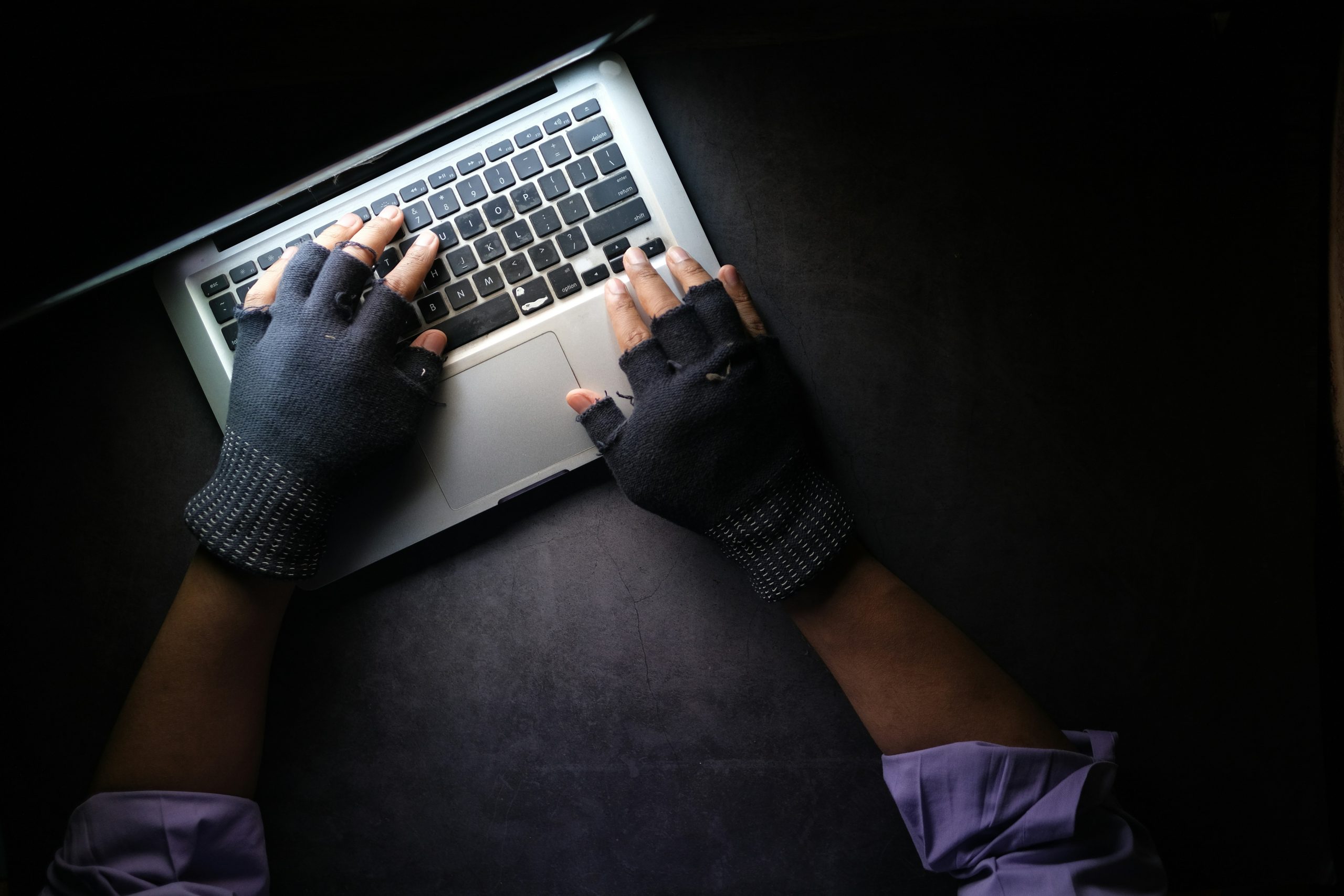Posted on May 20, 2021 at 12:32 PM
Is Remote Working a Security Concern?
The pandemic expedited the shift in remote work, and several organizations acted in haste to implement the work from home (WFH) policies – without giving cybersecurity a second thought. Several cases of identity fraud, phishing scams, and DDoS attacks were reported throughout the first twelve months of the pandemic. Below are the top four security risks associated with remote work.
4 Cyber Security Risks of Working Remotely
Remote work offers much-needed flexibility for employees. It also reduces overhead costs for businesses and has been shown to boost productivity and employee retention. However, the rapid shift to remote working has been met with the following cybersecurity issues:
- Phishing Attacks
The modern world of phishing is so advanced that attackers can launch phishing emails that make it past the email filters, straight to the primary inbox. Most phishing schemes require a space for the attacker to hang their tools. Often, they will begin by posing as a legitimate entity before tricking the unsuspecting employees into giving out their login credentials or other sensitive information that they need to achieve their objectives.
To mitigate phishing attacks, every organization should take the time to train all employees on how to identify fake emails, texts, or calls asking for personal or sensitive information. Simple measures such as specifying the mode of communication that managers or colleagues should use when sharing sensitive data can curb phishing incidents.
- Unsecured File Sharing
Remote employees and those working from the office often share sensitive files amongst themselves. If an attacker compromises one device or one employee’s account, they may intercept the sensitive document and use it for their own malicious intent. In most cases, a leak of such sensitive data can lead to ransomware attacks, identity fraud, theft, etc. The solution to this problem is to use an email encryption service or platform to secure sensitive emails, contact lists, and attachments. If an attacker intercepts the encrypted file, they will only see scrambled ciphertext since only the recipient with the key can decrypt the files.
- Home Wi-Fi Risks
Most people use home Wi-Fi networks to access their work accounts and even send or/and receive work documents. More often, the home router software lacks a sophisticated firewall to monitor network traffic and block malicious activity. Periodically updating the router’s software can help in most cases; however, sometimes the firewall isn’t well secured, meaning there will still be some network security gaps. If remote employees are to use their Home Wi-Fi, it should have a sophisticated firewall with an encryption feature for maximum security.
- Use of Personal Devices
Using personal devices such as phones and printers can expose the entire organization to serious cybersecurity threats. For several reasons, remote employees may choose to use their own devices to conduct business assignments, such as sending business emails or printing out urgent documents. And since personal devices are less secured than workplace devices, some of these devices could easily be compromised, which means all the sensitive data stored in them could end in the wrong hands.
A solution to this problem is to provide employees with highly-secured devices such as laptops and asking them to send all the sensitive data for printing in the office. However, this may not be realistic for small businesses that don’t have the financial muscle to procure laptops for all employees. Here, they can use desktop-as-a-service, which uses a public or private cloud, meaning no data is stored on the personal device, hence no damage or loss if it’s hacked or stolen.
Curbing Cybersecurity Threats
Remote work-related security issues aren’t the only concerns that have been felt over the last twelve months. Throughout this period, cyber-attacks have evolved to take different forms. Some took advantage of the rapid layoffs to access personal information, including financial account details using fake job postings.
Others advertised their “free” antibody tests through social media, giving fake results and eventually stealing personal and medical information. Some of these cases may not have been heavily felt, but they represent the evolution of cybersecurity issues fueled by the pandemic.
As far as remote working and cybersecurity are concerned, stopping the threats requires a solid remote cybersecurity strategy deeply rooted in the company culture. It takes every individual’s efforts to spread awareness about the cybersecurity risks of working remotely and develop and implement WFH protocols that will ensure compliance and protect sensitive and privileged information from digital invaders. Moving forward, more companies will continue to adopt hybrid working arrangements, hence the need to prioritize security controls and data privacy measures for all employees.
Final Thoughts
Achieving the perfect balance between the flexibility of working from home and the strict controls necessary to safeguard company data requires cross-industry collaboration. Here, you will need cybersecurity experts to suggest the best security measures and a team of competent employment lawyers to review the policies for data security or privacy loopholes then suggest corrections to ensure compliance.









